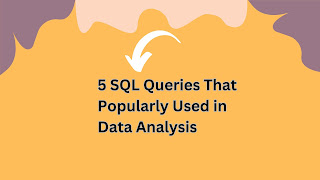Artificial intelligence is now changing the world. It is also called synonym for automation. The new concept is we can implement AI in the software development life cycle.
How we can develop software applications with improved quality?
Software Engineering is concerned with the planning, design, development, maintenance, and documentation of software systems. It is well known that developing high-quality software for real-world applications is complex.
Such complexity manifests itself in the fact that software has a large number of parts that have many interactions and the involvement of many stakeholders with different and sometimes conflicting objectives.
Furthermore, Software Engineering is knowledge-intensive and often deals with imprecise, incomplete and ambiguous requirements on which analysis, design, and implementations are based on.
Artificial intelligence (AI) techniques such as knowledge-based systems, neural networks, fuzzy logic, and data mining have been advocated by many researchers and developers as a way to improve many of the software development activities.
Artificial Intelligence
- As with many other disciplines, software development quality improves with the experience and knowledge of the developers, past projects and expert opinions.
- The software also evolves as it operates in changing and volatile environments. Hence, there is significant potential for using AI for improving all phases of the software development lifecycle.
- From the management point of view, during the course of a project, developers and managers need to make important decisions, plan and predict resources and time.
- Expert systems, neural networks, Bayesian networks, and machine learning techniques have been found to be useful at this stage. Similarly, expert systems and ontologies have been proposed for organizing and eliciting user requirements.
- Natural language processing techniques can be used to understand requirements and research prototypes have been developed for automatic translation of requirements into Object-Oriented and formal models as well as detecting ambiguities and incompleteness in requirements.
- Fuzzy logic can be used in modeling uncertainty due to linguistics in order to aid requirements engineering.
- AI techniques have also been advocated for generating test data, devising optimal integration test orders and for fault detection. Data mining techniques have been proposed to help identify related components in the source code in order to aid software maintenance.
- Thus, there is significant potential and research on utilizing AI for software development.
- This potential is being explored by a number of research groups but much of it is distributed in different sources such as international conferences like the World Congress on Computational Intelligence, Software Reliability Engineering, Genetic and Evolutionary Computation, and Neural Information Processing, that each has its own focus and community.


.jpg)

Comments
Post a Comment
Thanks for your message. We will get back you.